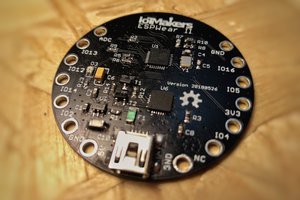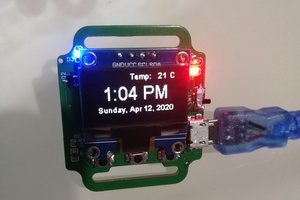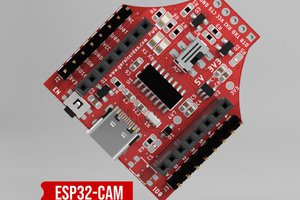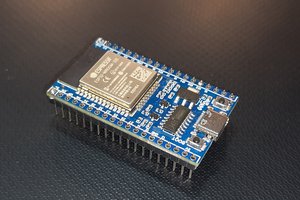Production of a 20-piece batch at SEEED finished and functional. See https://www.seeedstudio.com/ESP32-01-g-1299684 for details.
A suitable Programmes is described in another project. See https://hackaday.io/project/176645-esp32-01-programmer for details.
 Thomas Buck
Thomas Buck


 Pedro Minatel
Pedro Minatel


 ElectroBoy
ElectroBoy
Hi Thomas! Aaah, finally I find a small form factor ESP32 board ! I am modifying a lightbulb and need a small module to integrate into it, since the bigger WeMos D1 sized module I used does not fit inside. Your module would be perfect ! Where is it available for purchase ?
Also, one big recommendation : use the space next to the 2x4 pin connector to add 4 extra pins, 2 on each side. People don't have to solder headers at these locations... but if they do, they get 4 more GPIOs, with the same board dimensions, and still compatible with ESP01S ! I never understood why manufacturers didn't do that.
If you do it, try exporting the I2C pins, and at least 1 ADC and 1 PWM pin. It would really open up the possibilities ! It is also a good idea to use a dedicated GPIO for the LED (I see you used IO5, good). I would be OK to participate to build a few of these, maybe we can get a group order started, I'd happily get 10.
PS: Another comment... I would remove the ON LED and replace it with another LED on another GPIO. I regularly remove these LEDs to save power and having the capability to control them via software would be much better. Same for the TX LED, I never saw a need for that, but software controlled LEDs are nice.